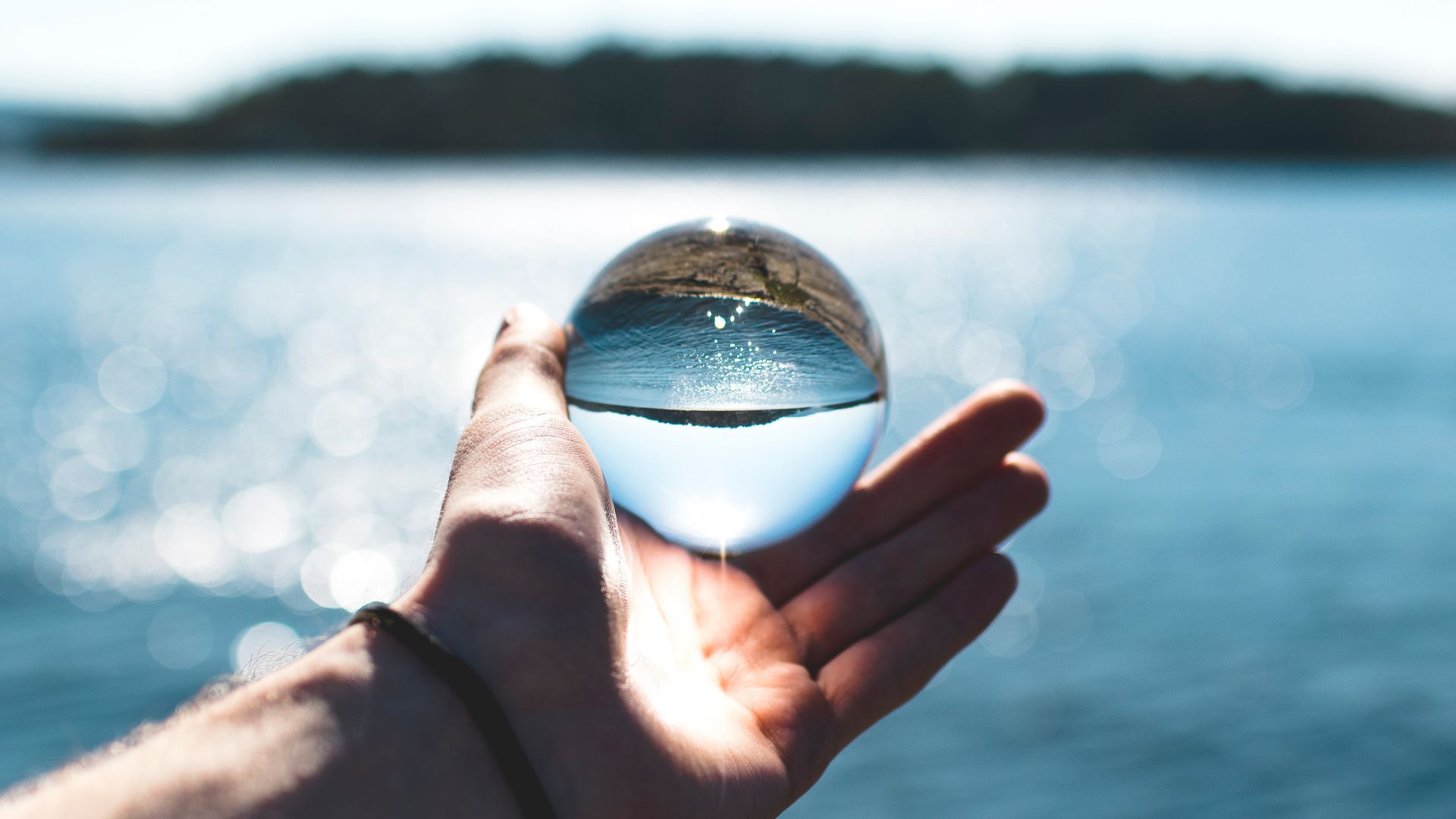It may be drinkable, but tap water isn’t actually that pure. On Thursday 6 April, ANSES (National Agency for Food, Environmental and Occupational Health) published an alarming report: 34% of tap water in France has been polluted in recent years. This is equivalent to a third of French drinking water.
Water in France, contaminated by a fungicide?
Between 2020 and 2022, throughout France, including the overseas departments, water was contaminated by a fungicide (pesticide that specifically attacks fungi).
Read also: What’s in the water body ” for more energetic sobriety
These substances are metabolites of chlorothalonil R471811. These are components deriving from the degradation of a molecule, formerly used in the composition of pesticides for cereal, horticultural and viticultural crops.
With the rain they ended up in the aquifers. And although banned since 2020, ANSES reveals that traces of it have remained in our drinking water since this date.
“Of the 157 compounds researched, 89 were quantified at least once in raw water and 77 in treated water”, says ANSES. And in all of these samples, the chlorothalonil metabolite is present “more than one sample out of two”Which leads to exceeding the quality limit (0.1 µg/litre) “more than one sample out of three”.
Possible adverse effects
In 2019, the European Commission had not renewed the authorization of chlorothalonil and France had granted a grace period until May 2020 to sell off stocks of the product. According to the Commission it is “impossible to date establish that the presence of metabolites of chlorothalonil in groundwater does not have harmful effects on human health”.
Already on February 15, ANSES had announced its intention to ban the main uses of this molecule, whose chemical derivatives have been detected beyond the authorized limits in groundwater.
Source: Madmoizelle
Mary Crossley is an author at “The Fashion Vibes”. She is a seasoned journalist who is dedicated to delivering the latest news to her readers. With a keen sense of what’s important, Mary covers a wide range of topics, from politics to lifestyle and everything in between.



.png)

